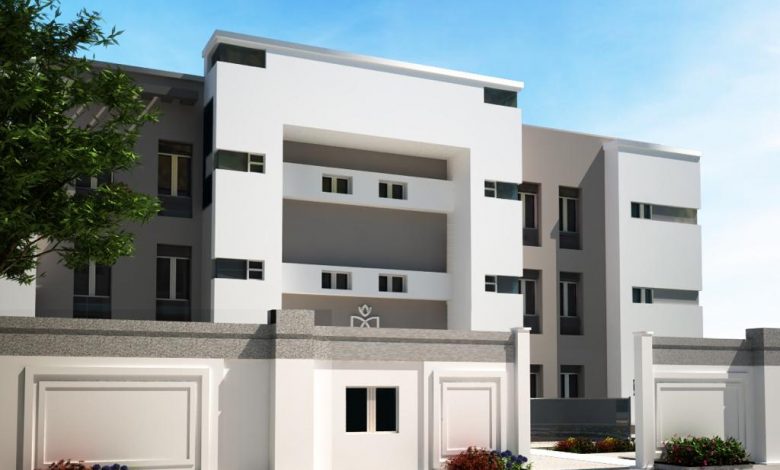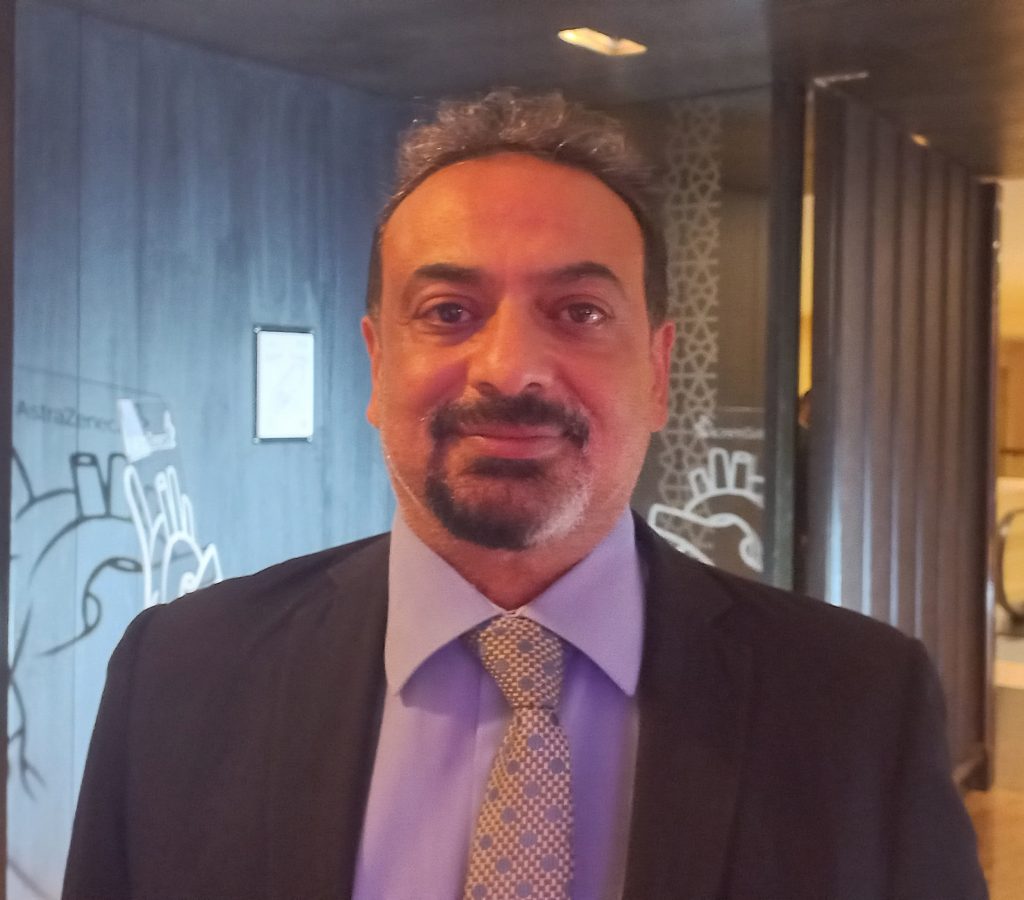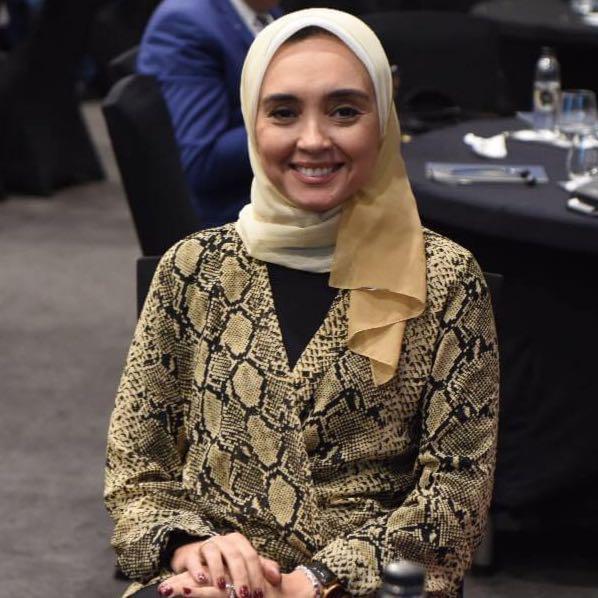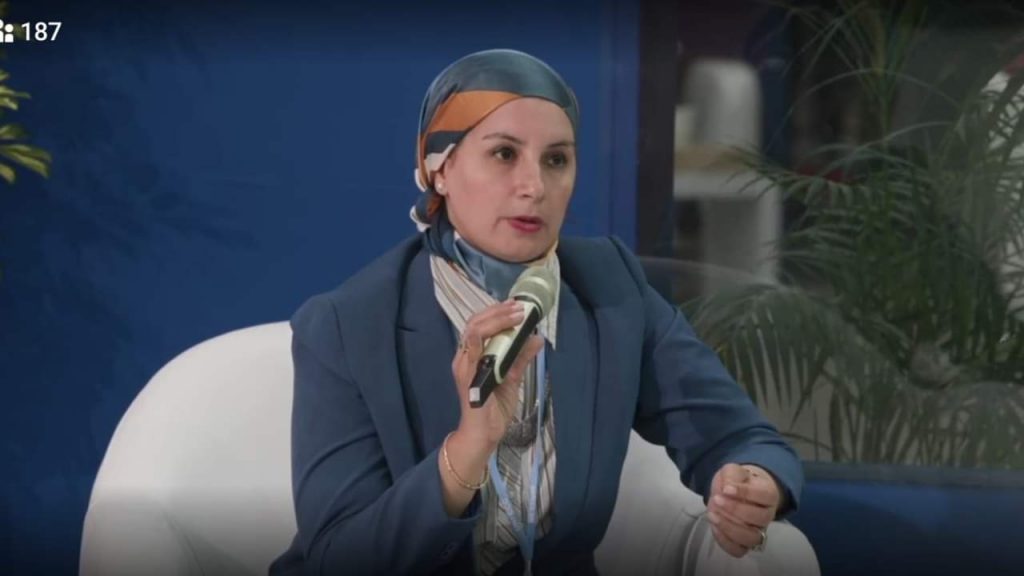“عبد الغفار” يكشف خطة الصحة فى التوسع بالمبانى الخضراء

تقرير أعدته سماح سعيد:
( استراتيجية الأبنية الخضراء ) تشمل إنشاء أو تطوير المبانى لتصبح صديقة للبيئة من خلال ترشيد استهلاك مصادر الطاقة بها ،وتقليل الانبعاثات الملوثة الصادرة عنها حيث تولد المباني الحالية التقليدية 39% من الانبعاثات الضارة والملوثة للبيئة.
ومن المتوقع بحلول عام 2050 ومع زيادة أعداد السكان أن تضاعف مساحة المبانى وسط توقعات بالعزوف عن الخيارات الخضراء؛ بسبب نقص الوعي بجدوى فاعليتها، وعدم توافر الخبرات اللازمة ، وانعدام المصداقية بين تناسق بائعى تلك المبانى والذين يسعون إلى زيادة الكفاءة وبين المشترين بسبب افتقارهم المهارة المطلوبة لتقييم التجربة .
حاول برنامج إيدج” EDGE “والتابع لمؤسسة التمويل الدولية “IFC” معالجة هذه العوائق والمساعدة في تحقيق هذه الإمكانات من خلال بناء قدرات المصممين والمطورين العقاريين ،والبنوك وواضعي السياسات، والأوساط الأكاديمية، وإنشاء محفظة تجريبية، وتقديم شهادات اعتماد مباشرة وبأسعار معقولة ،لتناسب مختلف المناخات والعادات في جميع أنحاء العالم،ومن المتوقع وصول حجم الاستثمار في الأبنية الخضراء 24,7 تريليون مع حلول 2030.
و تشمل الشهادات المعتمدة من برنامج” إيدج”عدة أنواع منها؛
_(شهادات عادية)ويكون معدلات انخفاض الطاقة والمياه بنسبة 20% ،و (متقدمة ) وتصل نسبة تخفيض الطاقة والمياه فيها إلى 40%، و (صفرية الكربون ) وهذا النوع يمنح للمباني المتقدمة .

وعن سؤال عن مدي تحمل المرضى تكلفة تلك المبانى الطبية الخضراء ؟ أجاب الدكتور حسام عبد الغفار المتحدث الإعلامى لوزارة الصحة والسكان فى تصريح خاص لموقع نافذة مصر البلد قائلا : تكلفة المبانى الخضراء ليست لها علاقة بالمريض ، هى شهادة تعترف بأن هذا التصميم صديق للبيئة يتميز بالطاقة النظيفة وموفر للمياه والكهرباء ومصادر الطاقة .
أما عن المدة اللازمة للإنتهاء من تلك الوحدات الصحية الخضراء كى نراها على أرض الواقع ، أضاف إنها البداية ستكون وحدة صحة شرم الشيخ و بالتالي ستصبح نقطة انطلاق لبقية وحدات ومستشفيات الصحة.

وقالت مروى محجوب خبير أول تنمية القطاع الخاص بشمال أفريقيا أن شهادة الإيدج تخدم فى المقام الأول الاقتصاد سواء فى القطاع الخاص أو العام من خلال قياس كفاءة المبانى الخضراء ، و تحليل تكلفة المبانى الخضراء وأثر الاستثمارات بما يتناسب مع الظروف البيئية المحيطة و مخاطر المناخ والتخفيف من حدتها ، وهى الآن تطبق ب 75 دولة فى العالم .
وأضافت انها تشمل كافة المبانى من مستشفيات و فنادق بالاضافة الي المدارس والجامعات،سواء مبانى جديدة أو إصلاح أخرى مقامة بالفعل ، موضحة أن الحكومة المصرية تخطو خطوات واسعة فى هذا المجال من خلال التوسع فى مبادرات التنمية الخضراء ، لذا حصلت تصميمات مركز صحة شرم الشيخ على شهادة إيدج المتقدمة وهى المرحلة الثانية من التقييم ، ولكن من الضرورى تدعيم وتشجيع الاستثمار فى هذا الاتجاه عن التشريعات ، مثل الحوافز الضريبية أو الترويج له وفور الإنتهاء من الأعمال الإنشائية يتم فحص واعتماد تشغيله ثم تبدأ مرحلة مراجعة الانبعاثات الكربونية منه وفى حالة وصولها إلى درجة الصفر يتم منحه شهادة صفرية الكربون .

فيما أكدت الدكتورة هند فروحة خبيرة بالمركز القومى لبحوث الإسكان والبناء ،مؤسسة” EEDG”، أن فوز مركز طب الأسرة بمدينة شرم الشيخ سيخفض استهلاكه من الطاقة بمقدار 49% عن المباني التقليدية، و25% من استهلاك المياه، و44% خفض في طاقة مواد البناء، إضافة إلى خفض انبعاثات ثاني أكسيد الكربون بمقدار 23.404 طن في العام.
وأضافت أنه من المخطط إنتهاء وزارة الصحة والسكان من 300 وحدة صحية كل عام لتصل إلى 1500 بعد 5 سنوات ، ومن المقرر أن تبلغ حجم الطاقة الموفرة من تلك المبانى الصحية الخضراء 11ألف و583 ميجاوات ، وذلك من خلال استخدام السخانات الشمسية ، وطبقات العزل الحرارى سواء بالأسطح أو وجهات المبانى الخارجية مع مراعاة نسب الفتحات .
وتابعت قائلة : نأمل أن تتحول جميع المبانى الحكومية إلى خضراء وليس شرطا حصولها على شهادة الإيدج من الممكن الحصول علي شهادات محلية مثل نظام تقييم “الهرم الأخضر المصرى “والتابعة للمركز القومى لبحوث الإسكان والبناء ، مشيرة إلي أنه رغم زيادة تكلفة المبنى الأخضر عن المبنى العادي بحوالي5% ولكنها ستعود للمالك من خلال توفير المياه والطاقة بعد التشغيل خاصة فى ظل إرتفاع اسعارهم والتوجه لرفع الدعم .
Abdel Ghaffar reveals the health plan to expand green buildings
(Green Building Strategy) includes the construction or development of buildings to become environmentally friendly by rationalizing the consumption of energy sources, and reducing polluting emissions from them, as the current traditional buildings generate 39% of harmful emissions and pollutants to the environment
It is expected that by 2050, with the increase in population, the area of buildings will double, amid expectations of a reluctance to green options. Because of the lack of awareness of the feasibility of its effectiveness, the lack of necessary expertise, and the lack of credibility between the consistency of the sellers of those buildings, who seek to increase efficiency, and the buyers, due to their lack of the skill required to evaluate the experience.
IFC’s EDGE program has attempted to address these barriers and help realize this potential by building the capacity of designers, developers, banks, policymakers, and academia, creating a pilot portfolio, and offering direct and affordable certification to suit different climates. And customs all over the world, and it is expected that the volume of investment in green buildings will reach 24.7 trillion by 2030.
The certificates approved by the “EDGE” program include several types of them
_ (Ordinary certificates) and the energy and water reduction rates are 20% and advanced, and the percentage of energy and water reduction reaches 40% and (zero carbon) and this type is granted to advanced buildings.
And a question about the extent to which patients can bear the cost of these green medical buildings? Dr. Hossam Abdel Ghaffar, the media spokesman for the Ministry of Health and Population, answered in an exclusive statement to the Egypt Country Window website, saying: The cost of green buildings has nothing to do with the patient.
As for the time required for the completion of these green health units in order to see them on the ground, he added that the beginning will be the Sharm El-Sheikh Health Unit, and thus it will become a starting point for the rest of the health units and hospitals.
Marwa Mahjoub, senior expert on private sector development in North Africa, said that the EDGE certificate primarily serves the economy, whether in the private or public sector, by measuring the efficiency of green buildings, analyzing the cost of green buildings and the impact of investments in proportion to the surrounding environmental conditions and climate risks and mitigating them. It is now applied in 75 countries in the world.
And she added that it includes all buildings such as hospitals and hotels in addition to schools and universities, whether new buildings or other repairs already established, explaining that the Egyptian government is taking great strides in this field through the expansion of green development initiatives, so the designs of the Sharm El-Sheikh Health Center obtained Advanced EDGE certificate, which is the second stage of the assessment, but it is necessary to support and encourage investment in this direction for legislation, such as tax incentives or promoting it. Once the construction works are completed, its operation is checked and approved, then the carbon emissions review stage begins, and in the event that it reaches zero degree, it is It was awarded a zero carbon certificate.
While Dr. Hind Farouha, an expert at the National Center for Housing and Building Research, EEDG Foundation, confirmed that the victory of the Family Medicine Center in Sharm El-Sheikh will reduce its energy consumption by 49% compared to traditional buildings, 25% of water consumption, and a 44% reduction in the energy of building materials. In addition to reducing carbon dioxide emissions by 23,404 tons per year.
She added that it is planned for the Ministry of Health and Population to complete 300 health units every year, to reach 1,500 after 5 years, and it is scheduled that the volume of energy saved from these green health buildings will reach 11 thousand and 583 megawatts, through the use of solar heaters, and thermal insulation layers, whether on the roofs or External building destinations, taking into account the proportions of openings.
And she said: We hope that all government buildings will turn green, and it is not a condition that they obtain an EDGE certificate. It is possible to obtain local certificates such as the “Egyptian Green Pyramid” evaluation system of the National Center for Housing and Building Research, noting that despite the increase in the cost of the green building over the regular building by about 5% But it will return to the owner by providing water and energy after operation, especially in light of their high prices and the tendency to raise subsidies.
